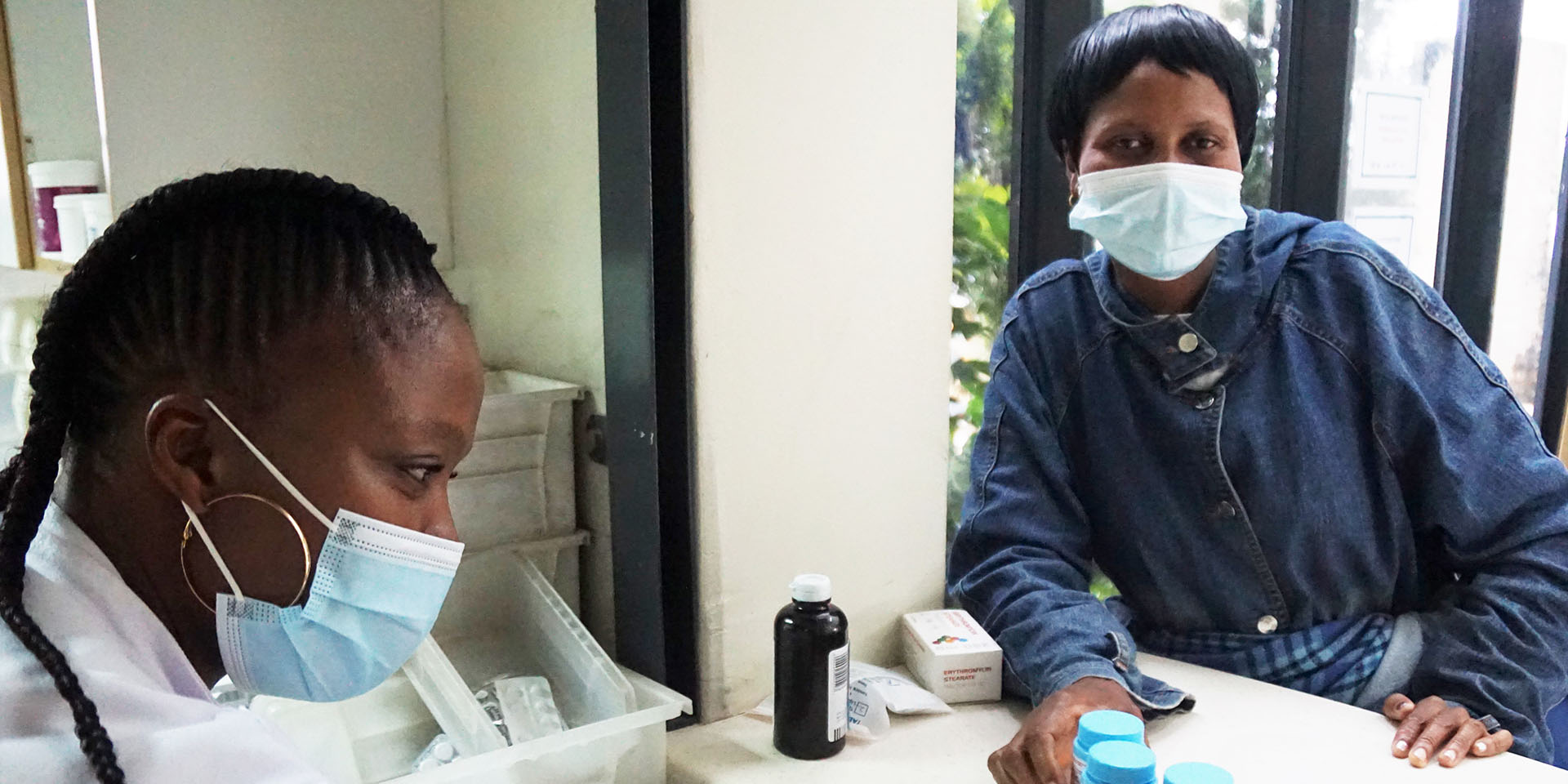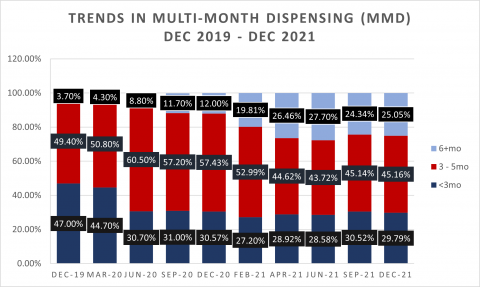The GHSC-PSM project in Lesotho supported the government of Lesotho and PEPFAR priorities for global commodity procurement and logistics between 2016 and 2021. The project has provided technical assistance to improve the long-term availability of health commodities and strengthen national supply chain institutions, including the Supply Chain Management Department (SCMD), the National Drug Services Organization (NDSO), and the District Health Management Teams (DHMTs).
Furthermore, the project ensured the continued availability of HIV commodities, tuberculosis (TB) preventive treatment (TPT), pre-exposure prophylaxis (PrEP), and Family Planning commodities at the central and facility levels. The availability of commodities supported partners to attain PEPFAR testing, treatment targets, and objectives, including ARV optimization, 3HP transition, and differentiated service delivery models like multi-month dispensing (MMD). All of these approaches have been essential to guiding the country toward HIV epidemic control. As of March 2020 in Lesotho, 90 percent of HIV-positive adults were aware of their status, 97 percent were receiving antiretroviral treatment, and 92 percent were virally suppressed.

